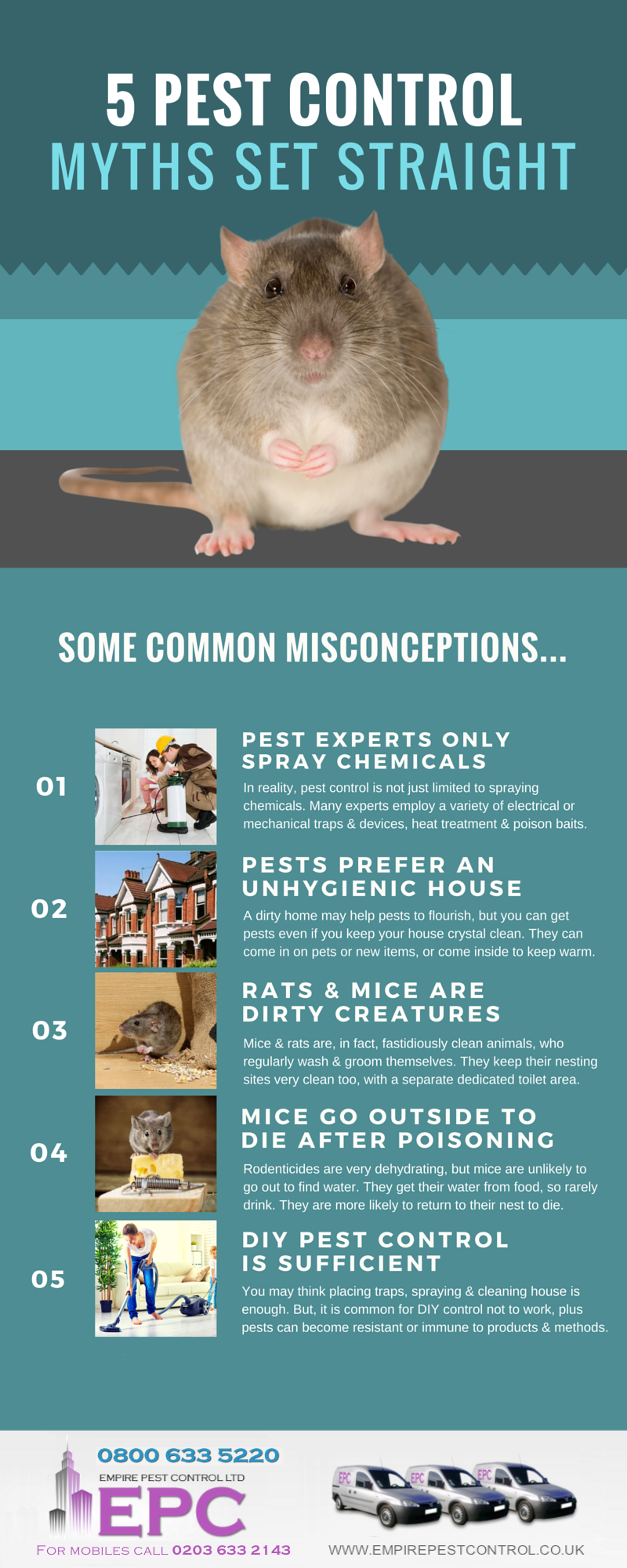Profit From Your Expertise Of Rodent Nesting Patterns To Exceed These Pests And Improve Your Rodent Administration Strategies
Profit From Your Expertise Of Rodent Nesting Patterns To Exceed These Pests And Improve Your Rodent Administration Strategies
Blog Article
Writer-Talley Thorsen
When it pertains to rodent control, understanding usual rodent behavior is vital to efficiently managing problems. Did you know that rats have some fascinating nesting practices that might stun you? By exploring their intricate habits, you can get important understandings right into how to deal with rodent concerns in an extra strategic and effective way. So, allow's unravel the secrets behind these creatures' actions and find out how to outmaneuver them in your rodent control efforts.
Rodent Nesting Habits
When observing rats in their all-natural habitat, you'll notice that they actively choose products to build their nests. Rats, such as mice and rats, are clever creatures that use a range of products like branches, leaves, paper, and fabric to construct their homes. They're careful in their nest-building process, often lining their nests with softer products like hair or plumes to develop a comfy atmosphere.
Rats like to construct their nests in concealed and safe places to shield themselves and their young from killers. Typical nesting spots include wall dental caries, attic rooms, cellars, and even within insulation products. By creating their nests in these private areas, rats can securely elevate their spawn away from prospective dangers.
https://docs.google.com/spreadsheets/d/1zA6UW_qu5mGfC4316jA-Wsi9YMNQiaBOPLqXz4M3-ms/edit?usp=drive_link is important to recognize the nesting routines of rats when carrying out control procedures. By interrupting their nests or eliminating materials, you can dissuade rats from developing a visibility in your home or property. Proper sanitation and sealing off access factors are additionally important steps in protecting against rodent invasions.
Rodent Feeding Patterns
After observing rodents' nesting routines, it ends up being apparent that their feeding patterns play a critical function in their every day lives and actions. Rats, including computer mice and rats, are opportunistic feeders, implying they'll consume whatever food source is easily available. They're mostly nocturnal creatures, choosing to forage for food during the cover of evening to prevent killers.
Rats have a diverse diet, varying from grains, seeds, fruits, and veggies to insects, nuts, and also small animals. This flexibility in their food selections permits them to flourish in various environments, including urban areas where human food resources are abundant.
Their feeding patterns aren't only driven by cravings however also by the requirement to stock food for times of deficiency. This behavior is specifically recognizable to prepare for winter months or when nesting. Rodents are known to hoard food in their nests or burrows, making sure a continuous food supply. Comprehending https://www.the-sun.com/lifestyle/8649615/gardener-pest-control-spray-repel-different-bugs/ feeding patterns is crucial in applying efficient rodent control procedures to disrupt their food sources and prevent problems.
Rodent Motion and Traveling
Rats browse their surroundings with dexterity and stealth, using their keen detects to move swiftly with their atmospheres. These animals are adept mountain climbers, able to range walls and upright surfaces effortlessly. They can also squeeze with surprisingly small openings, making it crucial to seal off any kind of possible access points in your house.
When it comes to traveling, rats often tend to follow familiar paths, creating routes along wall surfaces or skirting the edges of rooms. They're creatures of habit, typically adhering to these developed paths as they forage for food or discover their environments.
Rodents are understood for their nocturnal practices, so you might hear them scampering around at night as they search for food and water. Their movements fast and erratic, permitting them to dart in and out of view in the blink of an eye.
Recognizing just how rodents relocate and travel can assist you determine prospective infestation locations in your home and take aggressive actions to prevent these pests from acquiring a grip.
Final thought
As you work to manage rats in your house, keep in mind that recognizing their behavior is key. By identifying their nesting habits, feeding patterns, and motion, you can efficiently protect against problems.
Together, by taking positive actions to remove food sources and seal access factors, you can interrupt their acquainted paths and require them to look for brand-new locations, eventually lowering the likelihood of rodent presence in your living spaces.
